|
|
Matagorda County, Texas Civil War Sites
|
Photos/text this page courtesy of
William Bozic, Houston, TX For any use of these photos contact Webmaster |
Links: 1. Confederate Defenses at the Mouth of Caney Creek: hmdb.org 2. Handbook of Texas Online - CANEY CREEK 3. Col. Julius G. Kellersberger: Confederate defenses engineer |
|
|
|
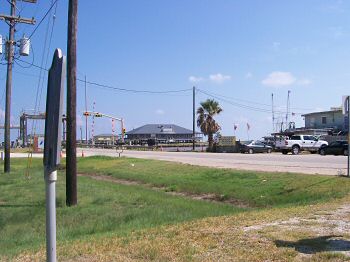 |
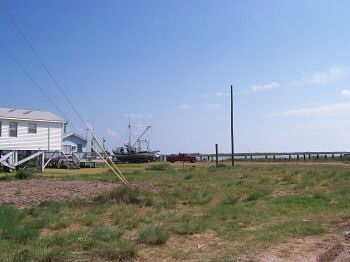 |
||
|
(July 21,
2008)
Enlarge Confederate Defenses on the
Caney marker, looking towards the Caney |
(July 21, 2008)
Enlarge The Caney Creek (River) can
be seen. This photo was taken from the Eastern side of the Caney. The
Caney was important to blockade runners |
||
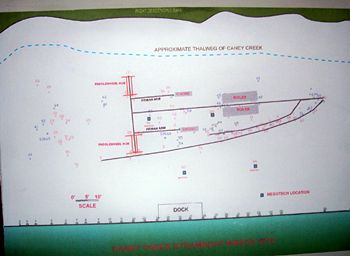 |
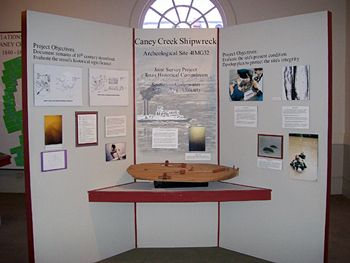 |
||
|
(August 2009)
Enlarge Matagorda County
Museum. Caney Creek Shipwreck Exhibit |
(August 2009) Enlarge Caney Creek Shipwreck Exhibit |
||
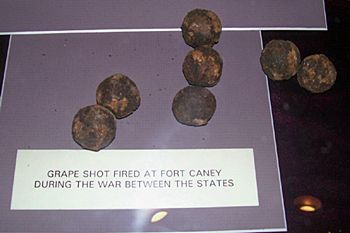 |
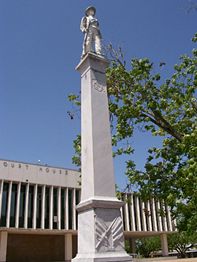 |
||
|
(August 2009)
Enlarge Grape Shot fired at CSA
Fort Caney during the War Between the States |
|
|
|
Sites by State Home Site Index